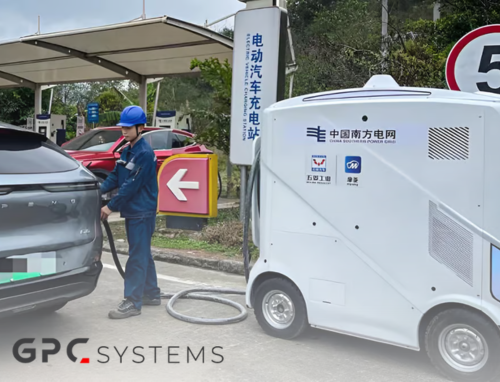
Gloucestershire Leads UK in Pothole Claim Refusals: Only 1.3% Approved
Gloucestershire drivers are increasingly feeling the strain of navigating a road network riddled with potholes. To make matters worse, the county has become the leader in a category no one wants to top—refusing pothole compensation claims. Recent government data reveals that only 1.3% of claims filed in the region during 2022 were approved, giving Gloucestershire the dubious distinction of having the highest rejection rate in England.
This is in stark contrast to the national average, where around 20% of claims are successfully settled. For many local drivers, this low success rate exacerbates the frustration of dealing with vehicle damage caused by neglected road conditions. Potholes, a perennial issue across the UK, often lead to punctured tyres, damaged suspension, and even road accidents. Yet, in Gloucestershire, the majority of those seeking compensation are met with refusal.
The Council’s Response
Gloucestershire County Council has defended its approach, stating that its priority lies in fixing the roads rather than paying out claims. Significant funding has been allocated to repair works, with the council claiming that a proactive approach will benefit residents in the long term. However, many drivers believe that current efforts are not keeping pace with the growing need for urgent maintenance. Critics also argue that adopting a “just too late” policy—only locating potholes after vehicle damage is reported—risks alienating Gloucestershire councillors from their voting residents, who expect more timely and effective interventions.
The council’s strategy typically involves evaluating claims against strict criteria, which likely contributes to the low approval rate. Claimants must demonstrate that the council was aware of the pothole and failed to repair it within a reasonable timeframe. This high evidentiary burden often makes successful claims an uphill battle for road users.
A Widespread Issue
The situation in Gloucestershire is part of a broader problem across the UK. Harsh weather, combined with underfunded road repair budgets, creates a perfect storm for pothole proliferation. Once water seeps into cracks and freezes, it expands, causing roads to deteriorate rapidly. As a result, councils face the dual challenge of keeping up with repairs while fielding compensation claims from disgruntled residents.
In Gloucestershire, this winter is likely to worsen the issue, with freezing temperatures and heavy rains increasing road surface damage. With more drivers expected to face costly repairs, the county risks becoming a symbol of ineffective pothole management unless changes are made.
What’s Next?
For many residents, the solution lies in increased transparency and funding. Campaigners argue that Gloucestershire County Council needs to do more to address the root cause of the issue rather than contesting claims. Local road safety groups have also called for clearer communication about the council’s repair plans and timelines.
Additionally, there’s a growing call for the government to step in with better funding for local authorities. After all, poorly maintained roads are not just an inconvenience; they pose safety risks and financial burdens for communities. Poor local infrastructure also directly affects both local and national productivity, creating a significant restriction on economic growth.
The Bigger Picture
In order to get a better picture of the condition of a county’s road surface, the surveying process needs more frequent reporting—perhaps weekly—of higher quality data for all roads, lanes, tracks, pavements, and footpaths. In the industry, this is part of the “preventative maintenance” programme used to optimise the scheduling of repair, relaying, and replacement of road surfaces. While the role of current road inspectors must clearly continue, they will need new technology to achieve this significant increase in productivity. For Gloucestershire, this might appear to be a larger challenge than for other councils.
Technology already exists to automate the process of road surface condition monitoring, capable of near real-time reporting when fitted to vehicles. This is made possible by visual AI for identifying, classifying, and locating road defects. However, achieving comprehensive coverage will require innovative thinking, involving business vehicles that frequently travel the county’s roads, such as refuse lorries and postal services. These vehicles are ideally suited for automated surveying, as they operate without driver involvement and in all weather conditions.
Once this data is gathered and sent to a central point, such as a cloud-based data centre, the challenge becomes integrating it into existing repair team services without overwhelming current staff. This demands fresh approaches to managing and processing the data effectively. Without such innovation, the county risks perpetuating the cycle of deteriorating road conditions and public dissatisfaction.
For now, residents of Gloucestershire must hope that the attention drawn by these issues will lead to action. Whether this means smoother roads, a fairer compensation process, or better preventative measures, only time will tell.




